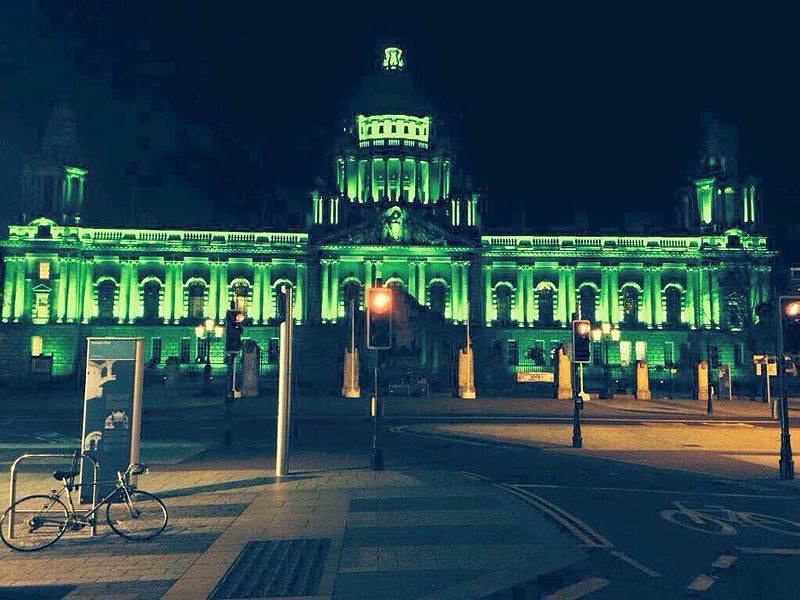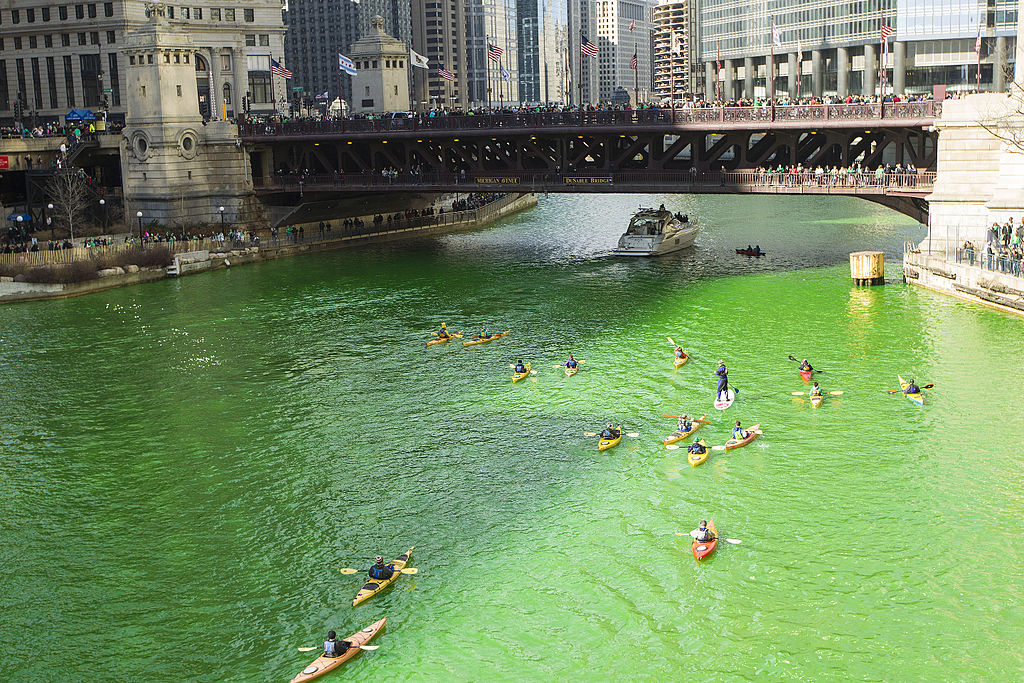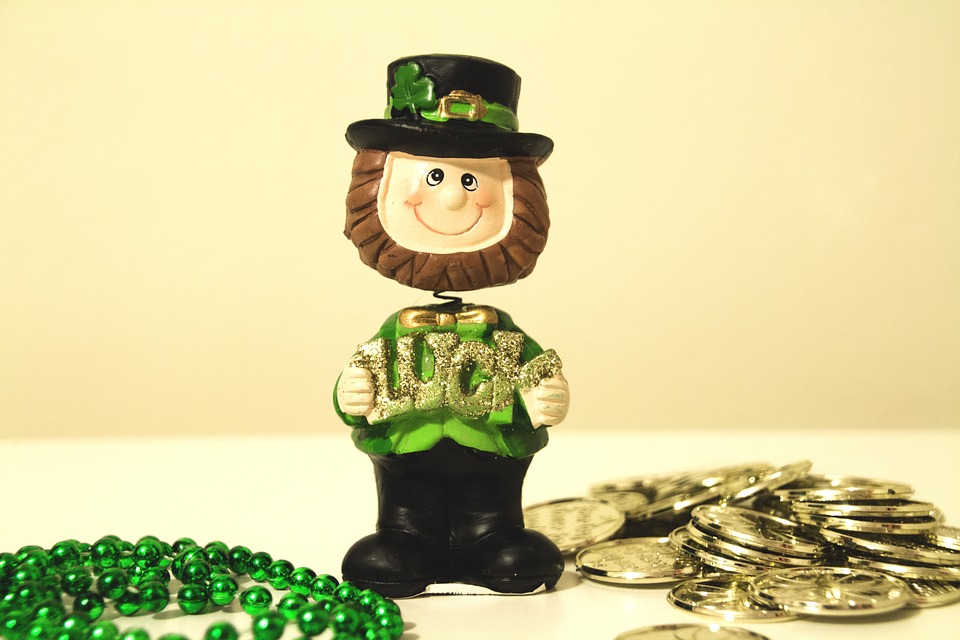
Every year on March 17, millions of people worldwide celebrate St. Patrick’s Day by participating in parades, wearing green, and searching for leprechauns in the hopes of finding gold. So who was this clergyman whose death anniversary is celebrated with such gusto, and how did the fun traditions associated with the holiday begin? Read on.
The Man Responsible For The Fun

While St. Patrick’s Day is now commemorated in Ireland for an entire week the man behind the celebrations was British. Born on the west coast of modern-day England somewhere around 385 AD, Patrick was kidnapped and sold to an Irish sheep farmer when he was sixteen. He escaped and returned home a few years later and spent the next twelve years in a monastery. In his mid-thirties, Patrick, now an ordained priest, returned to Ireland where he served as bishop until his death. Historians are not sure when the cleric, who brought Christianity to Ireland, died. Some believe it was March 17, 461 AD, while others think he lived until 493 AD. Over the next few centuries, as tales of his achievements that included driving out all snakes from Ireland spread, Patrick, once an unknown bishop, transformed into a legendary figure. By the seventh century, he had became the main patron saint of Ireland.
Shamrocks

Three leaf clovers, or shamrocks, are a common sight on St. Patrick’s Day. Legend has it that the clergyman used them to explain the Holy Trinity to newly converted Christians. According to the myth, St. Patrick would use the leaves to represent God the Father, God the Son, and God the Holy Spirit. Many people also seek out the rare four-leaf clovers whose leaves are believed to represent hope, faith, love, and happiness.
Parades

Though the biggest St. Patrick’s Day parade now takes place in Dublin, Ireland, the fun tradition began in New York in 1867. By the mid-1990's, St. Patrick's Day had become so popular even with people of non-Irish descent that the government of Ireland decided to transform the holiday into a week-long celebration to attract tourists.
Green Landmarks

In addition to the long celebration, Ireland also pays for the cost of turning over 150 of the world’s iconic landmarks green on March 17. These include China's Great Wall, Great Britain's London Eye, Italy's Leaning Tower of Pisa, and Sydney's Opera House. In the US city of Chicago, members of the local Plumbers Union use vegetable dye to give the Chicago River an emerald hue. The coloring, which occurs on the Saturday before March 17 to coincide with the St. Patrick’s Day parade, attracts hundreds of thousands of visitors each year.
Why Green?

Though green is now the color of choice, this was not the case in the 1780's when the Order of St. Patrick was established. Their preferred color was blue. In the 1790's, green became associated with Irish nationalism and by the 19th and 20th centuries, also the color of choice for St. Patrick's Day. As for pinching people not wearing green? Nobody knows how that began. Some speculate that the American tradition started because pinching leaves behind a green bruise. Others think wearing green makes one invisible to leprechauns and that pinching helps remind those not wearing the color to be wary of the wily creatures.
Leprechaun and the Pot of Gold

Dangerous as they are reputed to be, leprechauns are highly sought after on St. Patrick’s Day. That’s because the tiny fairies are believed to know the whereabouts of a pot of gold. Unfortunately, nobody has been able to find the elusive tricksters yet!
Why Corned Beef And Cabbage?

The custom of eating corned beef and cabbage on St. Patrick’s Day was started because early Irish settlers in the US, who could only afford meat once a week, usually settled for the cheapest option — beef. Over the years, this "special meal" became associated with St. Patrick's Day and a tradition was born. The Irish in Ireland, however, prefer to feast on bacon or lamb on this day.
Happy St. Patrick’s Day!
Resources: refinery29, wikipedia.org, huffingtonpost.com, dailymail.co.uk,mentalfloss,com, chosechicago.com